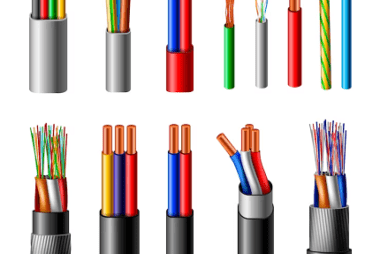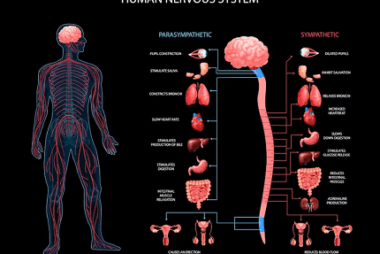Integrated Course AIIMS-SYLLABUS Physics syllabus Insulators
Insulators Insulators are materials that do not easily conduct electricity. Unlike conductors, which allow the flow of electric charges, insulators have high electrical resistance. They are commonly used to prevent the loss or transfer of electrical energy, and they play a crucial role in various applications, including electrical insulation, electronics, and energy storage. Here are…









